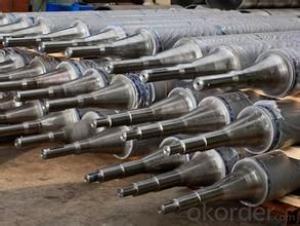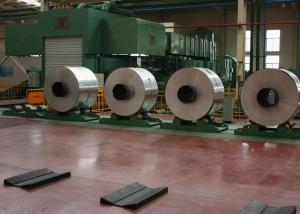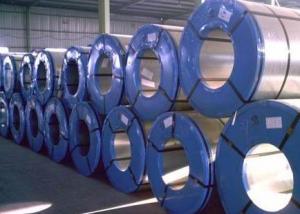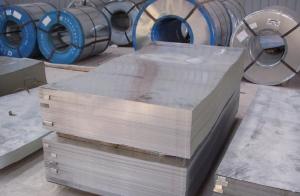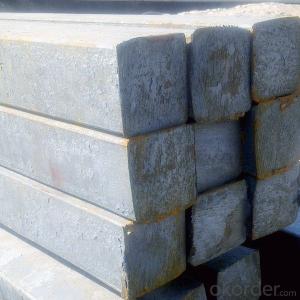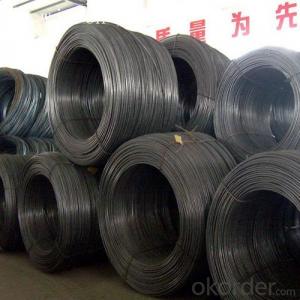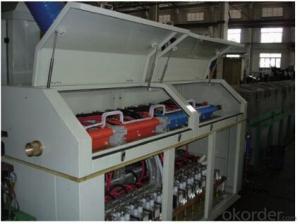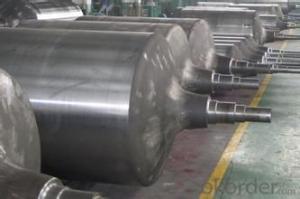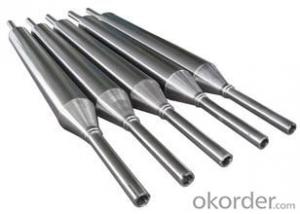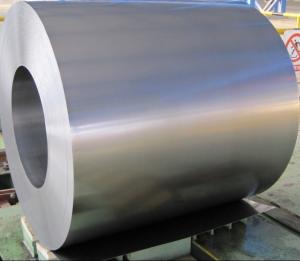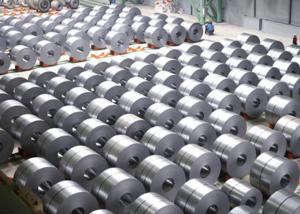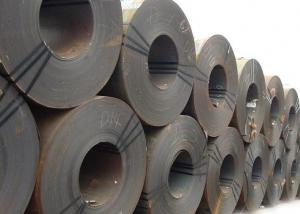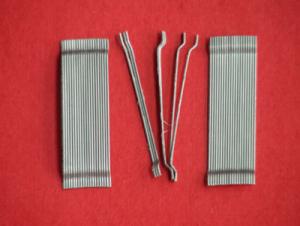Wire Batch Annealed Furnace Roll Wire annealing Furnace
- Loading Port:
- Tianjin
- Payment Terms:
- TT OR LC
- Min Order Qty:
- 1000 PCS
- Supply Capability:
- 10000 PCS/month
OKorder Service Pledge
OKorder Financial Service
You Might Also Like
Quick Details
| Condition: | New | Type: | Resistance Furnace,pit type | Usage: | Heat Treatment Furnace,tempering annealing for wire |
| Place of Origin: | Brand Name: | Model Number: | RJZ | ||
| Voltage: | 380 | Power(W): | 40-105Kw | Dimension(L*W*H): | customized |
| Certification: | ISO9001-2008 | Warranty: | 1years | After-sales Service Provided: | Engineers available to service machinery overseas |
| power: | 60-125Kw | capacity: | customized | woke size: | customized |
| temperature: | 950℃ | control system: | PID | Name: | Tempering furnace |
Packaging & Delivery
| Packaging Detail: | wooden box. |
| Delivery Detail: | 45 days from getting the advance. |
Well-type vacuum Tempering Furnace is mainly use for bright and tempering in vacuum condition.
This type of furnace consists of steel shell, sealed door, vacuum pump, lining and electeical control system.
The shell is welded by steel, the lining is piled with Refractory bricks or full fiber.
There is a sealed structory between the door and the linig to keep seal.
The PID control system is dvanced and effected
| model | power(Kw) | temperature(°C) | work size(mm) |
| JR-60-9 | 60 | 950 | 800X1000 |
| JR-75-9 | 75 | 950 | 1000X1200 |
| JR-90-9 | 90 | 950 | 1000X1500 |
| JR-135-9 | 135 | 950 | 1500X1800 |
| JR-125-9 | 125 | 950 | 800X3000 |
- Q: What are the advancements in steel product technology and materials?
- Advancements in steel product technology and materials include the development of high-strength steels, advanced alloy compositions, and improved manufacturing processes. These advancements have led to stronger and more lightweight steel products, increased durability and corrosion resistance, and improved performance in various applications such as automotive, construction, and aerospace industries. Additionally, advancements in steel processing techniques, such as hot rolling, cold rolling, and heat treatment, have allowed for greater precision and control over the properties and characteristics of steel products.
- Q: How is steel used in the agricultural industry?
- Steel is used in the agricultural industry for various purposes such as constructing structures like barns and storage units, manufacturing equipment like tractors and harvesters, and creating fencing and irrigation systems. Its durability and strength make it a reliable material for supporting the needs of modern farming practices.
- Q: How is steel used in the manufacturing of water treatment systems?
- Steel is commonly used in the manufacturing of water treatment systems due to its durability, strength, and resistance to corrosion. It is used to construct various components, such as tanks, pipes, and frames, ensuring the system can withstand high pressures and harsh environments. Additionally, steel is easy to clean and maintain, making it an ideal material for water treatment systems that require regular disinfection and maintenance.
- Q: What are the advantages of using steel in automotive chassis?
- There are several advantages of using steel in automotive chassis. Firstly, steel is known for its high strength and durability, providing excellent protection in the event of a collision. Additionally, steel is readily available and cost-effective compared to other materials, making it a popular choice for mass production in the automotive industry. Steel also offers great flexibility in design, allowing for complex shapes and structures to be formed, contributing to improved vehicle performance and handling. Moreover, steel has good corrosion resistance properties, ensuring the longevity and reliability of the chassis. Overall, the use of steel in automotive chassis provides numerous advantages in terms of safety, affordability, versatility, and longevity.
- Q: How is steel used in the manufacturing of transportation equipment?
- Steel is widely used in the manufacturing of transportation equipment due to its strong and durable nature. It is utilized in the construction of car bodies, truck frames, and railway tracks, providing the necessary strength and stability required for safe and efficient transportation. Additionally, steel is used in the production of aircraft, ships, and even bicycles, as it offers excellent resistance to corrosion and can withstand extreme conditions.
- Q: How do steel products withstand extreme temperatures and weather conditions?
- Steel products are able to withstand extreme temperatures and weather conditions due to their inherent strength and durability. Steel has a high melting point, making it resistant to heat, and its composition allows it to maintain its structural integrity under severe weather conditions such as strong winds, heavy snow, or intense rain. Additionally, steel can be coated with protective layers such as galvanization or paint, which further enhances its resistance to corrosion and rust.
- Q: How are steel forgings used in the production of power generation equipment?
- Steel forgings are commonly used in the production of power generation equipment due to their superior strength, durability, and ability to withstand high temperatures and pressures. They are utilized in various components such as turbine blades, rotors, shafts, and casings, where their forged structure enhances their mechanical properties. This ensures reliable operation, increased efficiency, and longer service life of power generation equipment, ultimately contributing to the overall performance and stability of power plants.
- Q: How is steel used in the production of kitchen utensils and cookware?
- Steel is commonly used in the production of kitchen utensils and cookware due to its durability, heat conductivity, and resistance to corrosion. It is often used as the primary material for pots, pans, knives, and other kitchen tools, ensuring long-lasting performance and even heat distribution during cooking.
- Q: How is steel tubing used in the manufacturing of hydraulic cylinders?
- Steel tubing is commonly used in the manufacturing of hydraulic cylinders due to its high strength and durability. It provides a reliable and rigid structure to hold the hydraulic fluid and withstand the intense pressure and forces involved in hydraulic systems. The seamless construction of steel tubing ensures smooth fluid flow and minimizes the risk of leakage, making it an ideal choice for hydraulic cylinder applications.
- Q: How does steel tube bending work?
- Steel tube bending works by applying force to a straight steel tube to deform it into a desired curved shape. This force is typically exerted through a combination of heat and mechanical pressure, which softens the steel and allows it to be bent without breaking. Different methods, such as mandrel bending or induction bending, are used depending on the size and thickness of the tube.
Send your message to us
Wire Batch Annealed Furnace Roll Wire annealing Furnace
- Loading Port:
- Tianjin
- Payment Terms:
- TT OR LC
- Min Order Qty:
- 1000 PCS
- Supply Capability:
- 10000 PCS/month
OKorder Service Pledge
OKorder Financial Service
Similar products
Hot products
Hot Searches
Related keywords
